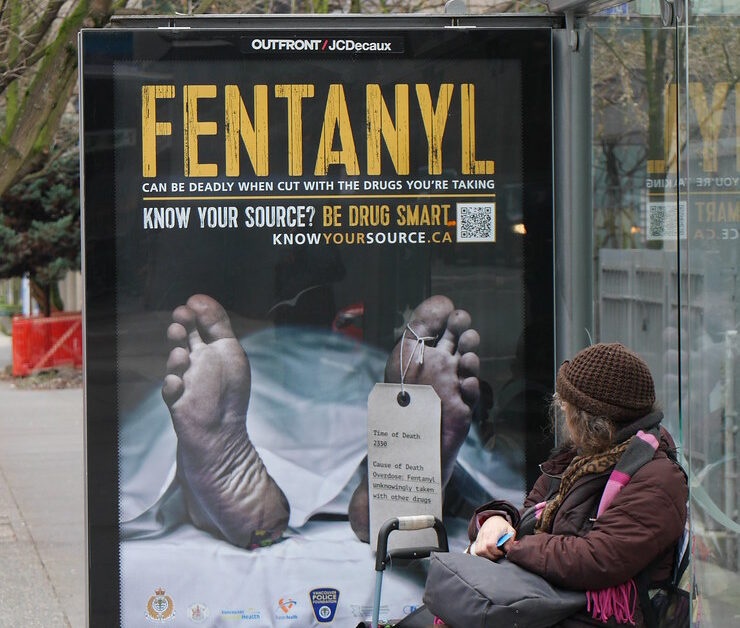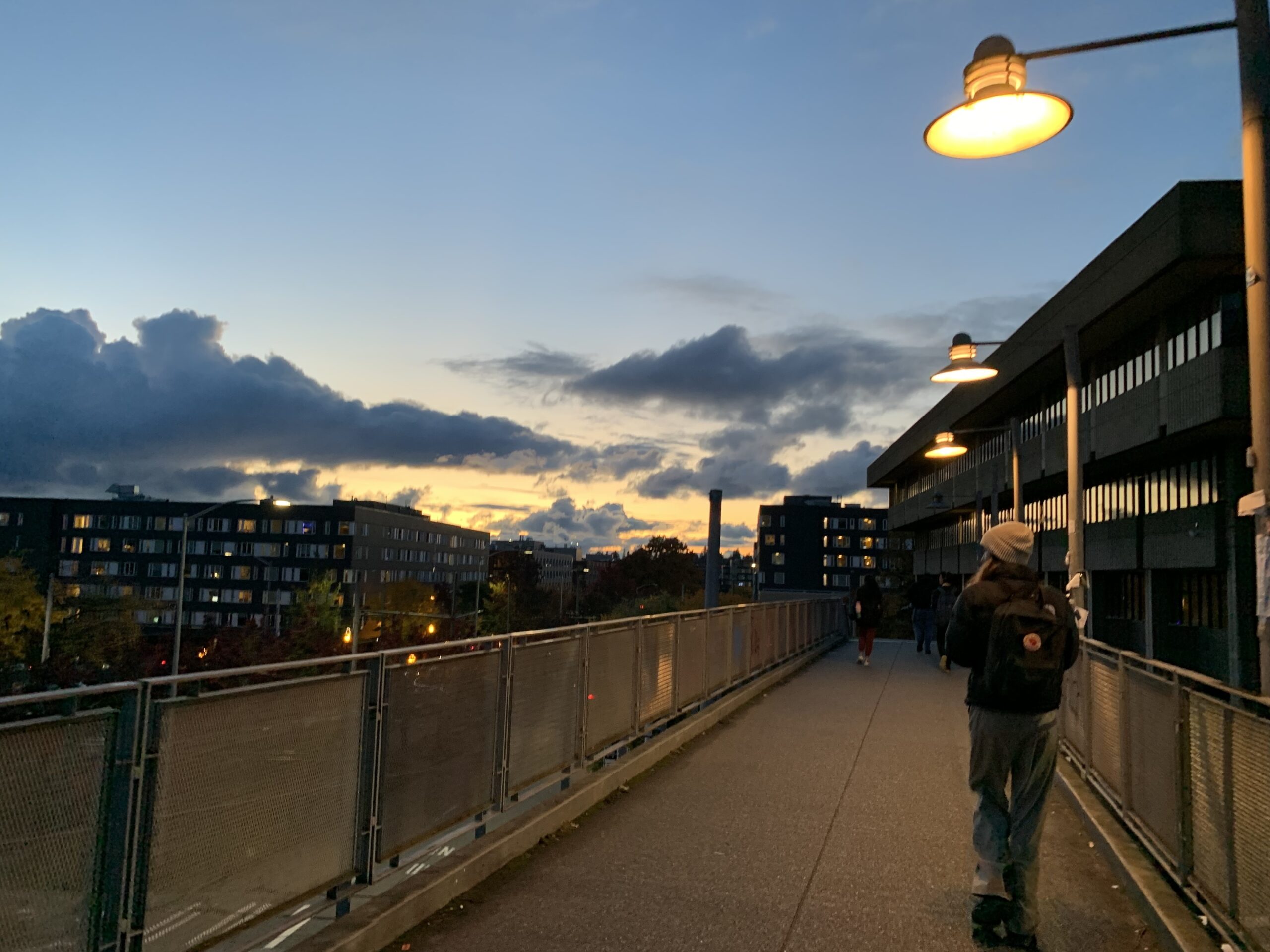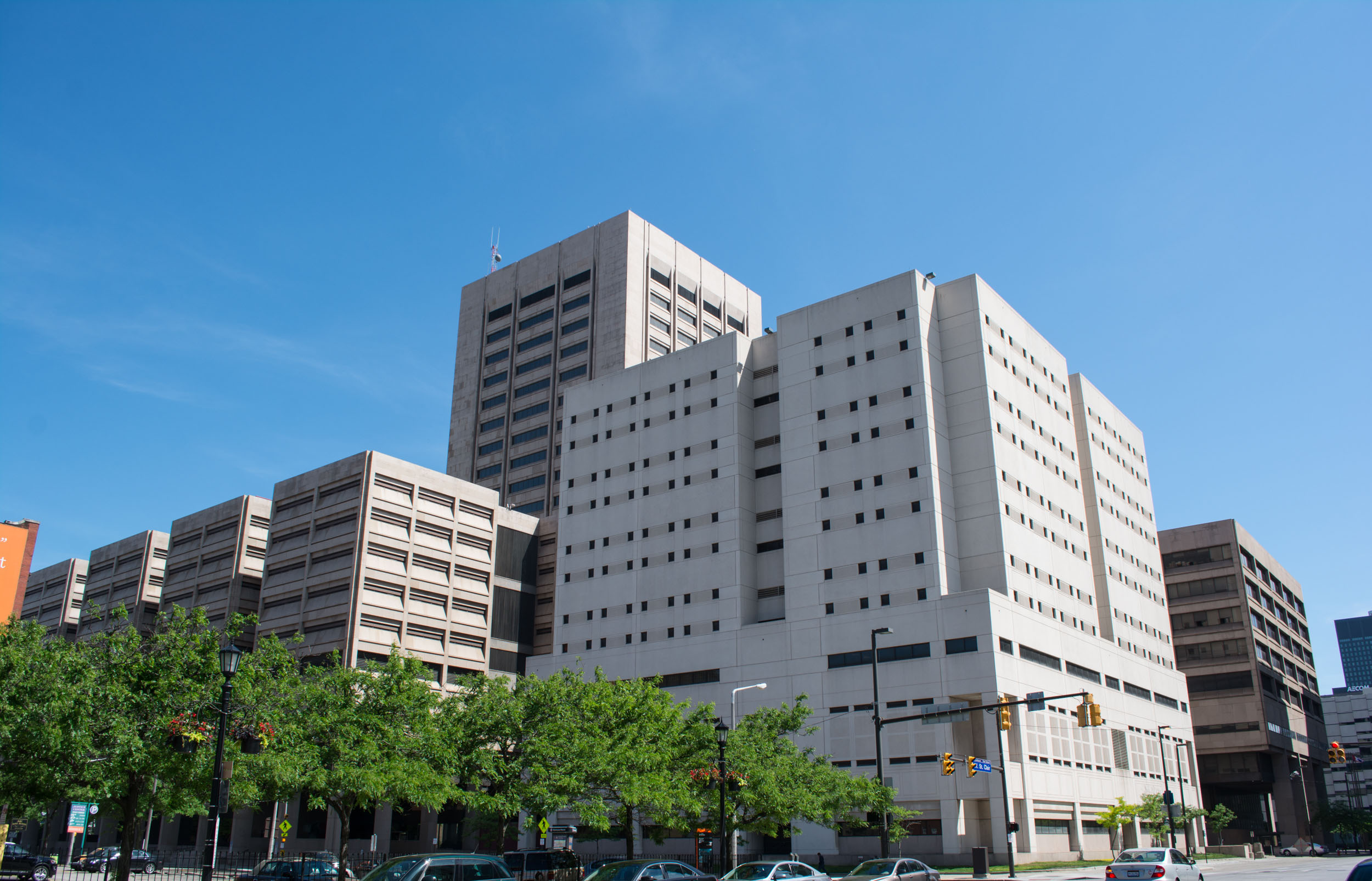(PORTLAND, Ore.) — At 5 o’clock on a December weekday, drug dealers and users alike will soon run the streets. Portland slips into nightfall as downtown’s few remaining office employees scurry away from the city center.
Welcome to year three of the Rose City’s experimental efforts to decriminalize drugs. Did Measure 110 work, or hurt the very people it promised to help? The debate rages on.
During the 2020 election, Portland became the epicenter of a national debate on drug policy. Measure 110 made the state the first to decriminalize the possession of small amounts of drugs, including fentanyl, with minimal infrastructure for supporting the community in its wake.
Many locals have made up their minds it’s time to fix the measure after its rocky rollout saw an increase in overdose deaths and a decrease in people seeking recovery.
The Journal of Health Economics found that since 2020, the state had the highest percentage of people needing but not receiving addiction treatment nationwide.
Measure 110 was enacted Feb. 1, 2021, around the time COVID-19-related case numbers and deaths began to fall. KOIN News compared the state’s progress since then with the rest of the nation. “The National Center for Health Statistics reports overdose deaths in the US rose about 30% following the pandemic — but in Oregon, the increase was about 90%.”
Sergeant Kevin Allen of The Portland Police Bureau told The Click, “By all accounts, PPB has seen a dramatic increase in visible drug usage since the law was passed.” He also said, “It’s extremely common that we learn that drug and alcohol addiction played a role in crimes.”
Local business owner, Lisa Schroeder of Mother’s Bistro, said “The locals, Oregonians, really have a lot against downtown Portland… and it’s going to take a lot for them to come back.”
The Good
Measure 110 was well-intentioned. Grounded in harm reduction, State Rep. Robert Nosse (D- District 42) still supports it. Part of the state’s joint committee on addiction and public safety, he voted yes on Measure 110.
“I supported it because I don’t think a criminal justice approach to addiction has really been… great at helping people with their addictions, and I like the idea of swinging cannabis tax dollars to support treatment,” Nosse said.
Another positive element is decreased incarceration rates for people of color. Oregon’s history of racism is key to understanding today’s racial disparities. According to OPB, Oregon passed its first Black exclusionary law in 1844 as a territory. Today in 2023, Oregon has a Black population of just under 3%, one of the lowest in the country, according to the World Population Review.
According to the Tufts University Divestment Project, Michelle Alexander, author of The New Jim Crow, “argues that ‘nothing has contributed more to the systemic mass incarceration of people of color in the United States than the War on Drugs.”
In this area, Measure 110 has proven effective. Drug-possession arrests specifically for Black individuals have dropped between 2019 to 2022, from as high as 91 monthly, to as low as five, according to the Oregon Criminal Justice Commission.
And despite prior complaints that funding did not roll out as promised, more than $302 million has been invested in social services since the law passed, according to Oregon Public Broadcasting.
“We understand addiction as a symptom of mental illness… and we want to see mental illness the same way we see any other health crisis, “ says Dr. Patsy Manzanares, a psychologist and former assistant professor at the Hazelden Betty Ford Graduate School of Addiction Studies, currently running her practice Grounding Deeper. “When a patient is not taking their diabetes medication, do we send them to jail? No. We send them to the doctor.”
But many Oregonians are still wary that Measure 110 hasn’t lived up to its promises.
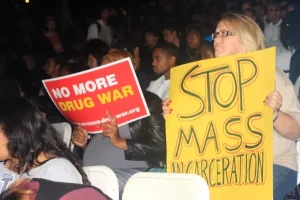
People protest mass incarceration and the war on drugs [Credit: Neon Tommy]
According to KOIN 6 News, Measure 110 disproportionately harms the same marginalized community members it aimed to protect. Black individuals in Multnomah County experience overdose deaths at a 36% higher rate than their white counterparts, the report stated. Adding that “the Multnomah County Health Department found a massive increase in synthetic drug overdose deaths — reaching over 500% between 2018 and 2022,” there is cause for concern.
Another population at risk is Oregon’s youth. The Lund Report published this CDC statistic: Drug-related deaths among teenagers increased faster in Oregon than anywhere else in the country between 2019 and 2021 — up 666%.”
These figures are not lost on Oregonians. Bipartisan polling shows 65% of Oregonians believe drug addiction & overdose has gotten worse as a result of Measure 110, and 63% believe the same of homelessness and crime.
Another concern is that there is no incentive to enter treatment if cited, or consequence if you don’t. Instead, information is provided to seek help voluntarily.
“I’ve worked directly with… countless people who actually found their way to recovery through the criminal justice system… most that I’ve worked with would tell you if not for… being held accountable, they wouldn’t have been sufficiently motivated,” Max Williams, former chair of Oregon’s House judiciary committee and state Department of Corrections director told The Click. Max is a member of the Coalition to Fix and Improve Measure 110.
According to The Atlantic, “Of 5,299 drug-possession cases filed in Oregon circuit courts since Measure 110 went into effect, 3,381 resulted in a recipient failing to pay the fine or appear in court… The state audit found that during its first 15 months in operation, the treatment-referral hotline received just 119 calls, at a cost to the state of $7,000 per call.”
One of the groups most impacted by the worsening crisis is local businesses. Schroeder, owner of Mother’s Bistro, told The Click, “We are definitely victims of… the increased frequency of vandalism and crime that has happened since Measure 110 passed.”
When asked if this has discouraged customers she said, “We’re so screwed. We’re at 50% of what we were before all this… People used to complain about panhandling, now they’re worried about fentanyl being blown in their face.”
Overall, this experimental take on policing drugs has made Oregon stand out in a bad way.
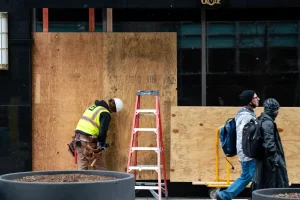
Caption: A business boards up after being broken into [Credit: Lorie Shaull]
According to the Coalition to Fix Measure 110’s Newsletter, the legislation’s trajectory can go two ways: “Voters can fix Measure 110 through a ballot initiative on the November 2024 ballot, or the Governor and legislature can act with greater urgency and pass the initiative language when they meet in February.”
Asked how Oregon can fix Measure 110, Rep. Nosse said, “I think we have to make it clear that you can’t use drugs in public… We didn’t legalize these drugs, we just said possession of a small amount isn’t going to put you in jail.”
However, the police have limited resources beyond citations.“We had contact with drug users before in the course of our work, and we continue to encounter them. The only difference is the enforcement tools we have available to us”, said PPB Sergeant Allen.
Schroeder of Mother’s Bistro says the police should do more. “The police really threw up their hands in surrender and said there’s nothing we can do… I feel that… was their passive-aggressive response to us wanting to reallocate funds from the police to other services.”
It seems a majority of the state is ready for change. The Coalition to Fix and Improve Measure 110 said “recent bipartisan polling shows 74% of Oregon voters, including 63% of Democrats, support recriminalizing personal possession of fentanyl, heroin and meth while maintaining existing cannabis taxes for drug treatment and making treatment required – not voluntary – as an alternative to jail.”
Williams, of the Fix Measure 110 Coalition, said, “Fundamentally I don’t think it ought to be the policy of the state to accept this point of view that people should be able… to stay on these incredibly… damaging drugs if they choose… And I’m all about individual liberty… but what we know about people who are using these drugs is that the consequences aren’t just limited to themselves.”
But Manzares pointed out barriers in infrastructure for people to get help. “I’ve had lots of patients who had jobs, careers. They had to take time off work to get treatment. Who will take care of their children? Who is paying your rent in the meantime?”
Attempting to strike a balance, the future of Measure 110 is uncertain. Everyone can agree that the addiction crisis has worsened, but not on the reasons why. February’s meetings at the State Capitol will determine whether legislators were moved by public outcry.
No matter how the state proceeds, Manzares says it’s important to put people first. “All we’re seeing is images of people on the street passing out… this zombie image.” But we can’t distance ourselves from the fact that these are someone’s children, parents, spouses, and friends. “See their value… they’re humans. They have human pain and joy.”
